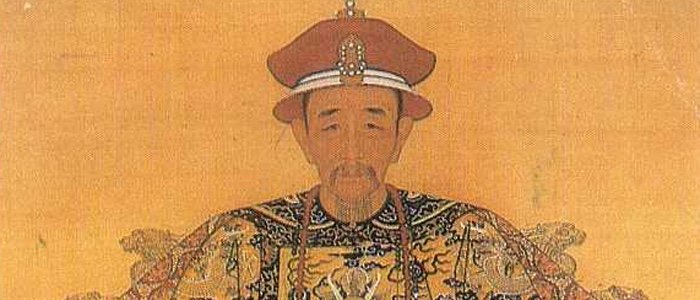Key Features of the Book
Rudolf Ritsema and Shantena Augusto Sabbadini
The Original I Ching Oracle: The Pure and Complete Texts with Concordance
Watkins Publishing, London, 2005
The Original I Ching Oracle offers the divinatory texts in their original purity, freeing them from the accumulated layers of philosophical commentary.
The Original I Ching Oracle adopts an innovative translation approach for rendering the imaginal and multi-faceted nature the Chinese original:
each Chinese ideogram is always rendered by the same English word (‘core-word’), which becomes a key to identify the ideogram;
each core-word is amplified by a ‘field of meaning’, describing all the resonances of the corresponding ideogram in Chinese language and poetry.
The Original I Ching Oracle invites the reader to choose within the ‘fields of meaning’ the images that most closely resonate with her/his situation and question, thereby
becoming an active participant in the divinatory act, co-creator of an imaginal journey;
allowing new meanings to emerge according to specific context;
The reader can visualize the actual structure and content of the Chinese oracular texts thanks to clear typographical indications:
the oracular texts are distinguished from all the accessory material by being printed in red;
in the oracular texts the ‘core-words,’ corresponding to actual Chinese ideograms, are typed in bold characters, while all the inserts (mostly articles and prepositions) are in light-face.
An in-depth understanding of the divinatory terms is vastly enhanced by the Universal Compass, the diagram of the interlocked time-cycles central to the Chinese world-view.
The concordance, which the ‘core-word’ approach makes possible for the first time in a Western language is a powerful tool
for understanding the particular ways in which a word is used in the I Ching;
for comparing consultations and for recovering a past consultation when only a word or a few words are remembered.
The romanization of Chinese characters follows the modern Pinyin system, officially adopted by China and fast becoming the international standard.
